What is Mark Selective Fishing (MSF)?
MSF is a fisheries management tool which allows retention of hatchery marked fish, while requiring wild unmarked fish to be released unharmed. Anglers can quickly and easily identify a “marked salmon,” even while it’s still in the water by noting a missing (removed) adipose fin which identifies the fish as hatchery origin. MSF works well in areas and times where there are high mark rates (presence of marked hatchery fish). In areas with low mark rates, MSF is often argued not to be an appropriate management tool due to the potential for higher than desired incidental mortality associated with release of fish while an angler is searching for a marked fish to retain.

The Department of Fisheries and Oceans (DFO) is currently discussing this policy with representatives from the angling community. While it would seem to provide a perfectly logical solution to conservation issues and the damage being done to the public fishery and its infrastructure, the DFO has yet to implement a comprehensive MSF program for Chinook. The consequences from this indecision have been devastating for public fishery participation levels and economic activity.
What is Mass Marking (MM)?
Mass marking (MM) means fin clipping as many hatchery Chinook and coho as possible. In the U.S., hatcheries mark nearly 100% of both species, and have done so for many years. In Canada, the mark rate is as low as 10% for Chinook. The Sport Fishing Institute’s Rob Alcock says that, “There is no question that mark-selective fishing and mass marking have to become integral parts of the public fishery in Georgia and Juan de Fuca Straits.”
Free SFI Mark-Selective Fishing Webinar
The Sport Fishing Institute (SFI) has set up a series of webinar events open to anglers and the general public. The first webinar took place November 6 and was highlighted by a presentation from Dr. Carl Walters, Professor Emeritus, UBC Institute for Oceans and Fisheries. The seminar focused on the under-estimation of seal and sea lion impacts on salmon recovery. As compelling as that was, the free to attend webinar set for Friday, November 13 at 9.30 AM focusing on MSF and MM of hatchery-produced salmon will be a critical discussion for the future of the public Chinook and coho salmon fisheries in BC.
Webinar Friday November 13, 9:30AM PT: Mark Selective Fishing (MSF) and Mass Marking (MM)
Three speakers are scheduled for this free webinar event:
- John Holmes is the Division Manager, Stock Assessment and Research Division, at the Pacific Biological Station in Nanaimo. His division is responsible for stock surveys, catch monitoring, and data management for a wide range of species in BC and the Yukon. The biological station also conducts research to improve data collection. His talk will largely focus on the potential for Chinook mark-selective fisheries under current conditions.
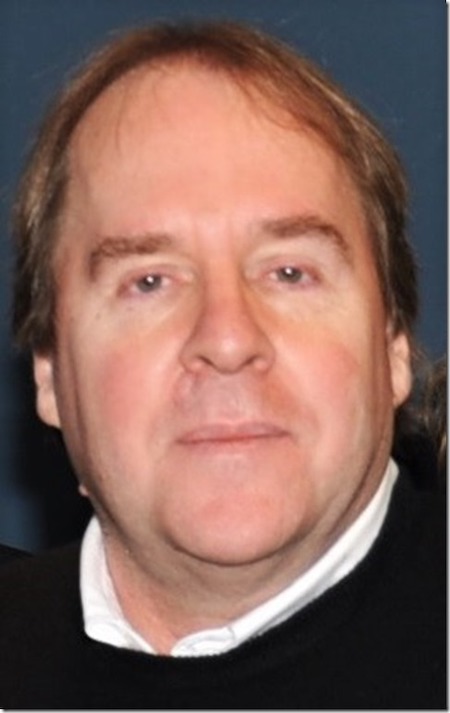
- Ryan Galbraith is the Regional Manager for the Planning and Assessment Unit of the Salmonid Enhancement Program (SEP). This group uses a science-based approach for hatchery planning, assessment, and risk evaluation. SEP directly operates 23 hatcheries and spawning channels, and supports another 18 large facilities plus more than 120 or more First Nations and community-based hatcheries. His presentation will include information on the existing hatchery profile for Chinook salmon as well as DFO’s current and potential capacity for Chinook marking.
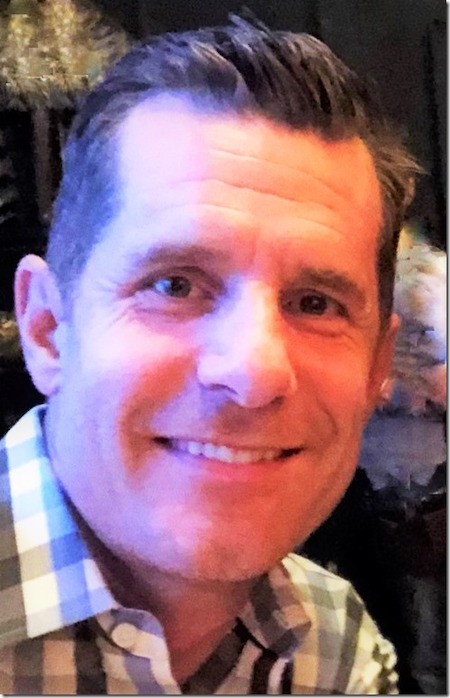
- The final speaker is Mark Baltzell. He works for the Washington Department of Fish & Wildlife in the role of salmon management and policy; his background includes overseeing and evaluating MSF implementation. He explains that he has “an intimate history of how these fisheries developed over the last 15-20 years” and that his talk will “simplify the complexities involved and show how MSF implementation significantly reduced recreational impacts on natural stocks.”
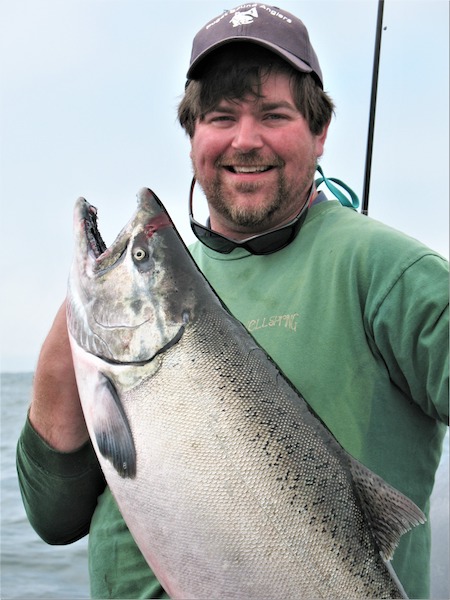


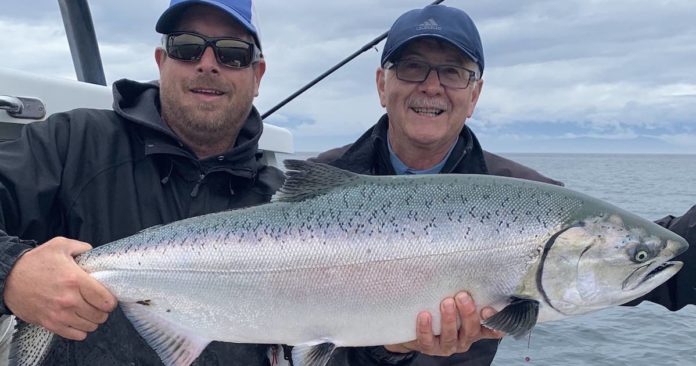
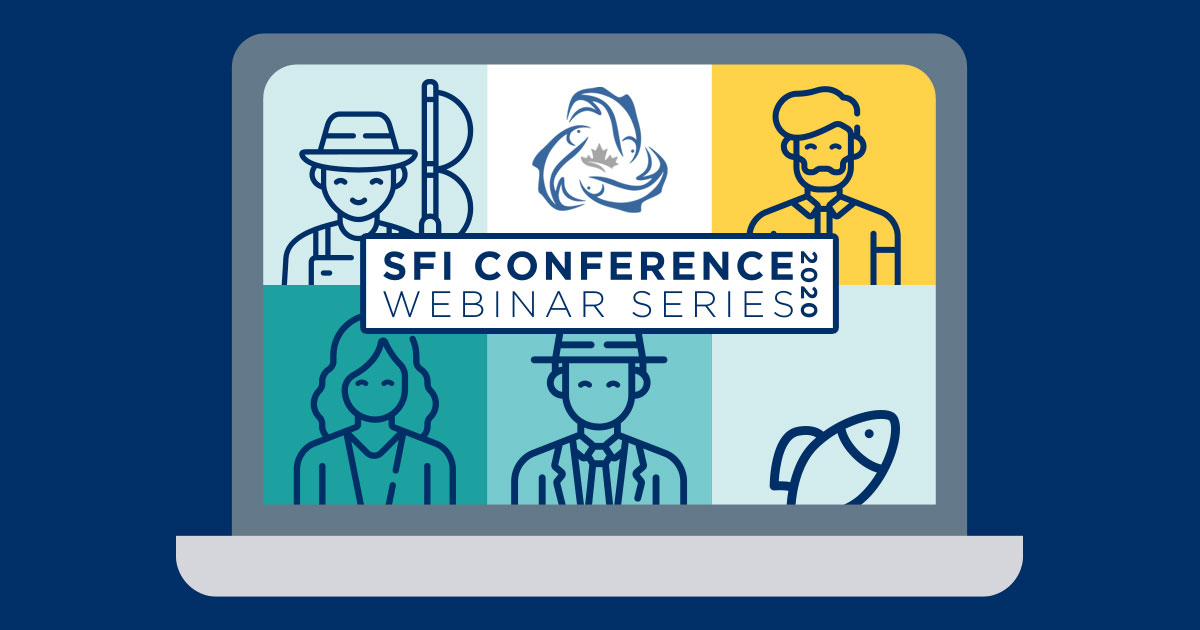




the first webinar was well done. Dr. Walters hit a home run and as you know is a strong supporter of our group. looking forward to this Friday.2 years ago I turned in 15 chinook heads from the Polier Pass area caught in the spring months and all were US, Puget Sound fish. This spring in the same area I release 17 chinook in one morning and 12 were clipped. With the closure, could not turn in heads. A study sent to my by DFO shows up to 80% of chinook caught in the southern gulf in the spring months are US fish.